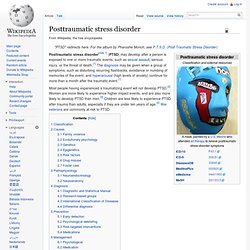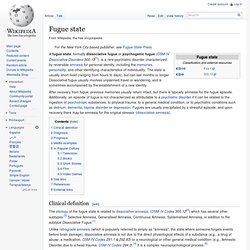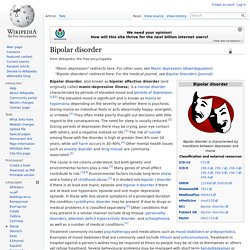

2 sites incontournables pour vérifier l'information sur Internet - Penser et Agir : Le développement personnel par l'action ! Aujourd’hui j’ai décidé de vous présenter deux sites Internet incontournables.

Ces sites vous permettront de vérifier si les informations que vous lisez ou entendez sont fiables. Si vous êtes en ce moment sur Penser et Agir c’est parce que vous vous intéressez au développement personnel. Et lorsque l’on effectue son propre développement personnel, avoir un bon esprit critique est primordial. Ces sites vous seront bénéfiques sur cet aspect, j’en suis persuadé ! Le premier site que je vous propose de découvrir se nomme Hoaxbuster. Lisez la suite de cet article pour découvrir ces deux sites incontournables… Hoaxbuster : ne vous faites plus avoir par les hoax ! S’il y a bien un endroit où tout peut être dit, c’est sur Internet ! Comment faire en sorte de discerner le vrai du faux ? La réponse que je vous propose : Hoaxbuster ! Qu’est-ce qu’un hoax ? Un hoax peut être traduit en français par « canular informatique ». Exemple d’un hoax qui a fait le tour de la planète : les chatons bonsaï !
Disorders? DID/MPD. Posttraumatic stress disorder. Posttraumatic stress disorder[note 1] (PTSD) may develop after a person is exposed to one or more traumatic events, such as sexual assault, serious injury, or the threat of death.[1] The diagnosis may be given when a group of symptoms, such as disturbing recurring flashbacks, avoidance or numbing of memories of the event, and hyperarousal (high levels of anxiety) continue for more than a month after the traumatic event.[1] Most people having experienced a traumatizing event will not develop PTSD.[2] Women are more likely to experience higher impact events, and are also more likely to develop PTSD than men.[3] Children are less likely to experience PTSD after trauma than adults, especially if they are under ten years of age.[2] War veterans are commonly at risk to PTSD.

Classification Posttraumatic stress disorder is classified as an anxiety disorder in the DSM iV; the characteristic symptoms are not present before exposure to the violently traumatic event. Causes Family violence. Post-traumatic stress disorder - PubMed Health. Fugue state. A fugue state, formally dissociative fugue or psychogenic fugue (DSM-IV Dissociative Disorders 300.13[1]), is a rare psychiatric disorder characterized by reversible amnesia for personal identity, including the memories, personality, and other identifying characteristics of individuality.

The state is usually short-lived (ranging from hours to days), but can last months or longer. Dissociative fugue usually involves unplanned travel or wandering, and is sometimes accompanied by the establishment of a new identity. After recovery from fugue, previous memories usually return intact, but there is typically amnesia for the fugue episode. Additionally, an episode of fugue is not characterized as attributable to a psychiatric disorder if it can be related to the ingestion of psychotropic substances, to physical trauma, to a general medical condition, or to psychiatric conditions such as delirium, dementia, bipolar disorder or depression. Clinical definition[edit] Writing Disorder. Bi-polar Disorder. Bipolar disorder. Bipolar disorder, also known as bipolar affective disorder (and originally called manic-depressive illness), is a mental disorder characterized by periods of elevated mood and periods of depression.[1][2] The elevated mood is significant and is known as mania or hypomania depending on the severity or whether there is psychosis.

During mania an individual feels or acts abnormally happy, energetic, or irritable.[1] They often make poorly thought out decisions with little regard to the consequences. The need for sleep is usually reduced.[2] During periods of depression there may be crying, poor eye contact with others, and a negative outlook on life.[1] The risk of suicide among those with the disorder is high at greater than 6% over 20 years, while self harm occurs in 30–40%.[1] Other mental health issues such as anxiety disorder and drug misuse are commonly associated.[1] Signs and symptoms Manic episodes Hypomanic episodes Depressive episodes Mixed affective episodes Associated features. Mind Mapping, cartes heuristiques, mindmap, prezi.